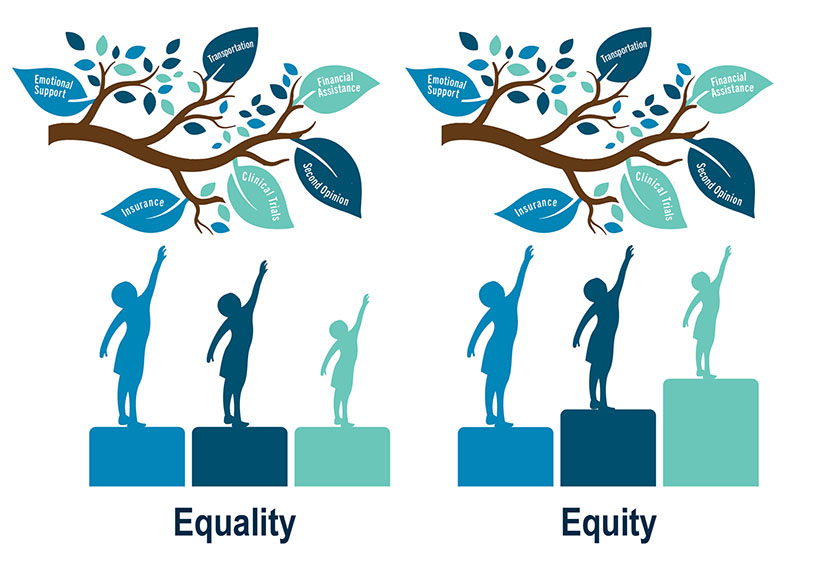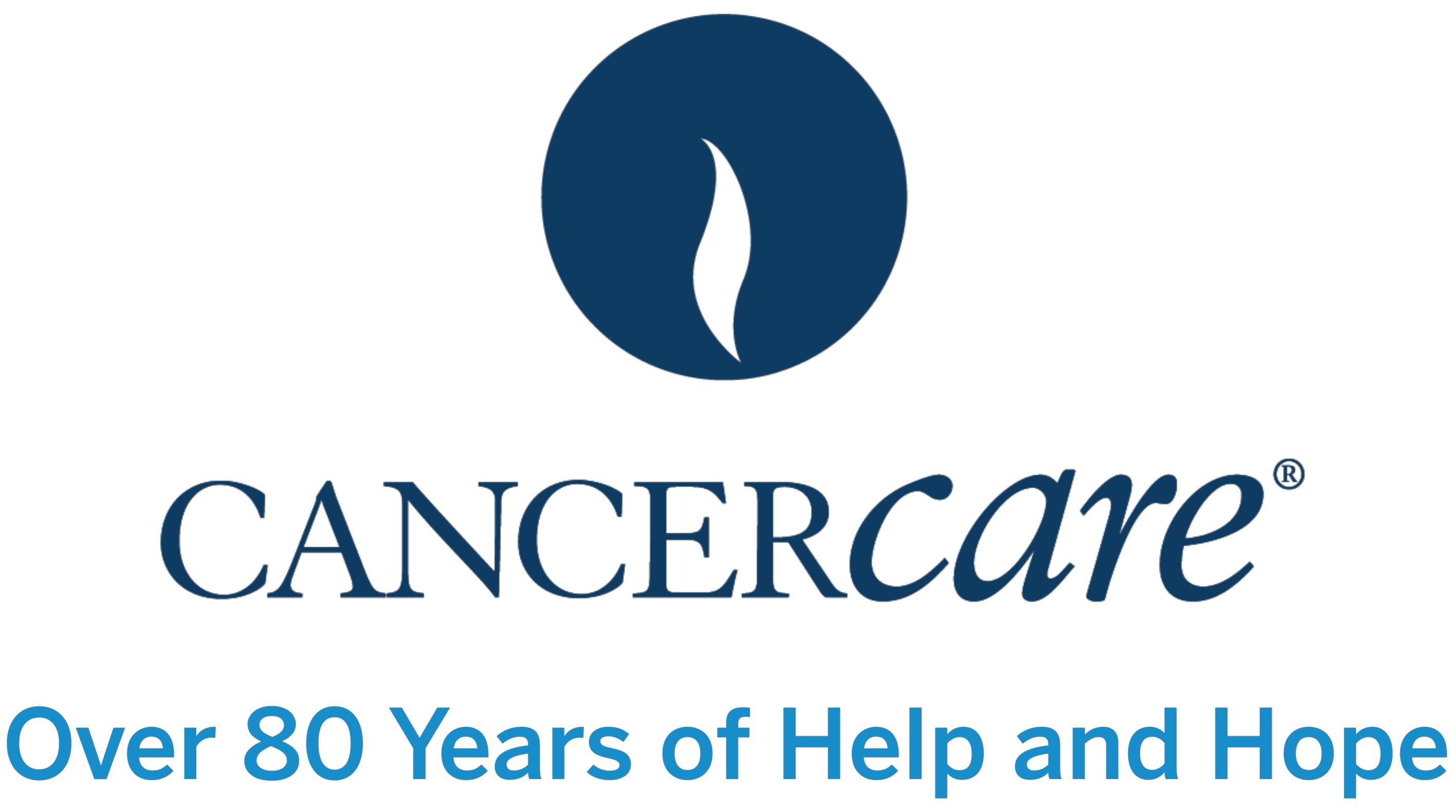A commitment to health equity requires taking bold action to eliminate barriers to basic human needs that create, “unnecessary, avoidable, unfair and unjust” health differences between populations. We strive to be an organization that not only upholds this commitment – from our programs to our educational materials, from our advocacy initiatives to our research, from our supportive care model to our digital footprint, to our operations and organizational culture – we know that our strength lies in our collective differences.
At CancerCare, we focus on the following strategies to address health equity:
- We use research, data and evaluation to identify, monitor and highlight health inequities
- We advocate for policy changes that help to ensure equitable access and lifelong positive impacts
- We build partnerships to collaborate and address policies and systems that allow for inequities
- We work with regional and national communities, particularly those experiencing inequities to ensure they have equitable access to CancerCare Programs
- We commit to continuous learning to advance our organizational knowledge of unconscious bias and practice cultural humility in all that we do
- We established myTRIAList, a resource designed to provide accessible, educational and easy-to-understand clinical trial education, as well as information on specific trials for patient participation, as a way to improve clinical trial access and reach more communities of color.
These strategies enable us to bring people together to build measurably healthier communities.
The Difference Between Equality and Equity
In order to understand health equity, we must first understand the difference between equality and equity.
- Equality is when individuals or groups of people are given the same resources or opportunities.
- Equity is the absence of unfair, avoidable or remediable differences among groups of people, whether those groups are defined socially, economically, demographically, geographically, ethnically or by religion, disability or sexual orientation. Equity recognizes that each individual has different circumstances and allocates the exact resources and opportunities needed to reach an equal outcome.
Here is a visual representation and shows the difference between equality and equity.

Simply stated, health equity is achieving the highest level of health for all people. Health equity is achieved when everyone can attain their full potential for health and well-being.
When considering the oncology community, equity is when everyone has an equal opportunity to prevent cancer, identify it early and receive proper treatment and follow-up care. Different groups of people have different rates of getting and dying from certain kinds of cancer.
What CancerCare Is Doing: Health Equity Program Initiatives
The Cultural Humility Imperative
- Cultural competence can loosely be defined as the ability to understand, appreciate and interact with people from cultures or belief systems different from one's own. It is a range of cognitive, affective, behavioral and linguistic skills that can lead to effective and appropriate communication with people of other cultures.
- Cultural humility is an alternative way of approaching cultural competency. Cultural humility is the ability to remain open to another person’s identity. Their cultural background, beliefs, values and traditions can impact how they make decisions about their care. Being culturally humble involves reflection about your assumptions and receptive to other experiences.
Cultural humility is key in achieving health equity. Practicing cultural humility and approaching every person with humility and an open mind helps mitigate the unconscious biases that can negatively impact daily interactions and that have shown to contribute to health care disparities.
Practicing cultural humility in cancer care also allows for a greater understanding of cultures that are different from our own and helps medical teams recognize each patient's unique cultural experiences. Family physicians treat the whole person. They are involved in the communities they serve and they maintain ongoing patient-physician relationships.
Learn more about cultural humility:
